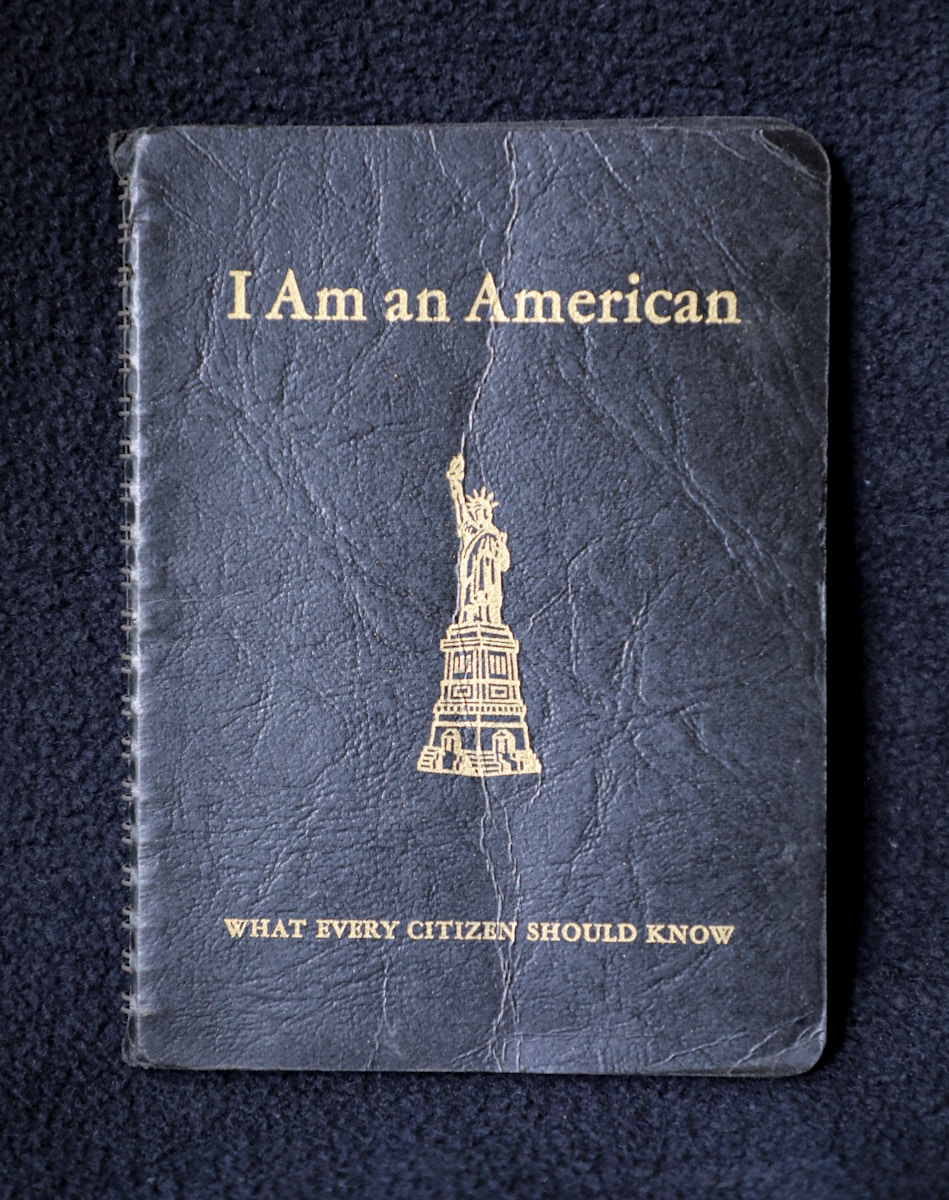The Legal Recognition of Climate Refugees: A Pressing Need


In the face of an escalating climate crisis, the plight of climate refugees has taken center stage. Yet, despite the growing urgency, a legal definition remains elusive. This article dives deep into the debate surrounding climate refugees and the need for a robust legal framework to ensure their protection.
Climate Refugees: A Rising Concern
Climate refugees or climate migrants are individuals or groups compelled to leave their homes due to drastic changes in their local environment. These changes, ranging from severe droughts to devastating floods, are triggered by climate change. Despite the mounting frequency of such displacements, a legally binding characterization of climate refugees is yet to be established.
NOTE: The terms “climate refugees” and “climate migrants” are often used interchangeably. However, they carry no legal weight.
The Climate Refugee Debate: COP28 Reflections
During the United Nations Climate Conference (COP28) in Dubai, the issue of climate refugees was a recurring theme. Unfortunately, the importance of legally defining climate refugees was overshadowed by political complexities and dismissive attitudes.
Challenges of Legal Recognition
The primary challenge in legally defining climate refugees arises from the multifaceted nature of climate-induced migration. Critics argue that attributing migration solely to climate change overlooks the intricate web of influences on human mobility, including socio-economic factors and political instability.
A Call for Change: The Case for a Legal Framework
Despite these challenges, the compelling need for a legal framework for climate refugees is undeniable. The existing refugee definition in the 1951 Refugee Convention—based on fear of persecution due to race, religion, nationality, and political opinion—falls short in addressing the realities of climate-induced displacement.
Reimagining International Agreements
The urgency to address climate-induced humanitarian crises should not be paralyzed by diplomatic complexities. International agreements are reviewed and revised routinely, and the realities of climate change should be no exception.
The Road Ahead: Strategies for Protection
The journey towards a legal framework for climate refugees is a collective effort. It demands the collaboration of affected individuals, scholars, activists, international organizations, and government representatives. The goal is to create a radically different approach that acknowledges the unique challenges faced by climate refugees.
A Human Rights-Based Approach
A human rights-based approach is crucial in formulating a legal framework for climate refugees. It ensures access to sustainable environmental justice and upholds human dignity in the face of climate adversity.
The Role of Existing Initiatives
Existing initiatives, such as the 2018 Global Compact for Safe, Orderly, and Regular Migration, lay groundwork for cohesive strategies to address migration challenges posed by natural disasters. However, these initiatives fall short in offering robust legal recognition and protection for climate refugees.
A Look at the Future
Predictions estimate that by 2050, climate change-related hazards could potentially displace 1.2 billion people. In the face of such staggering figures, the call for a legal definition of climate refugees becomes even more pressing.




